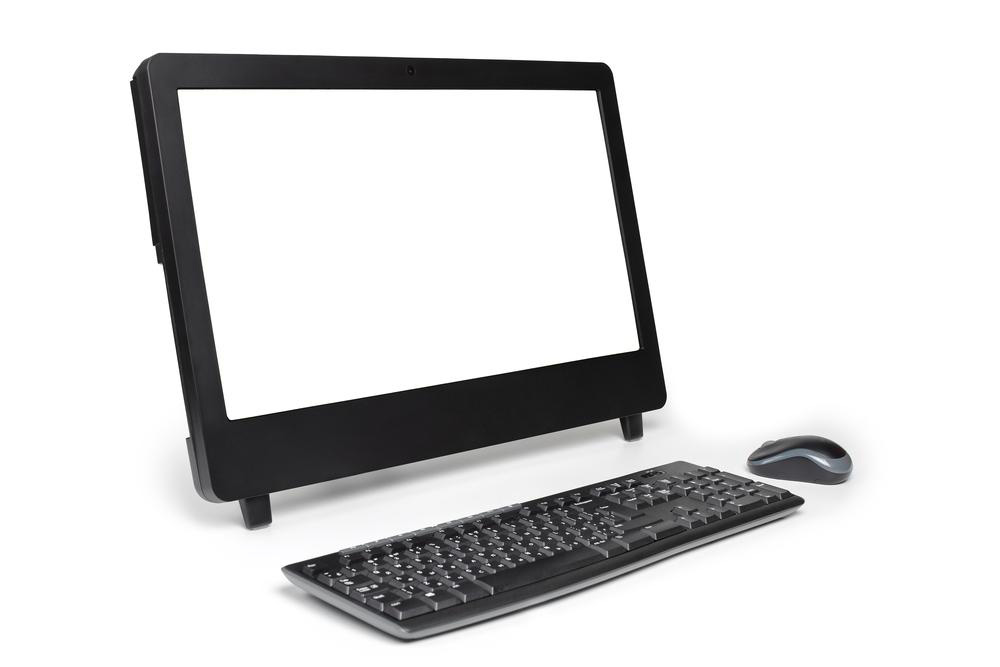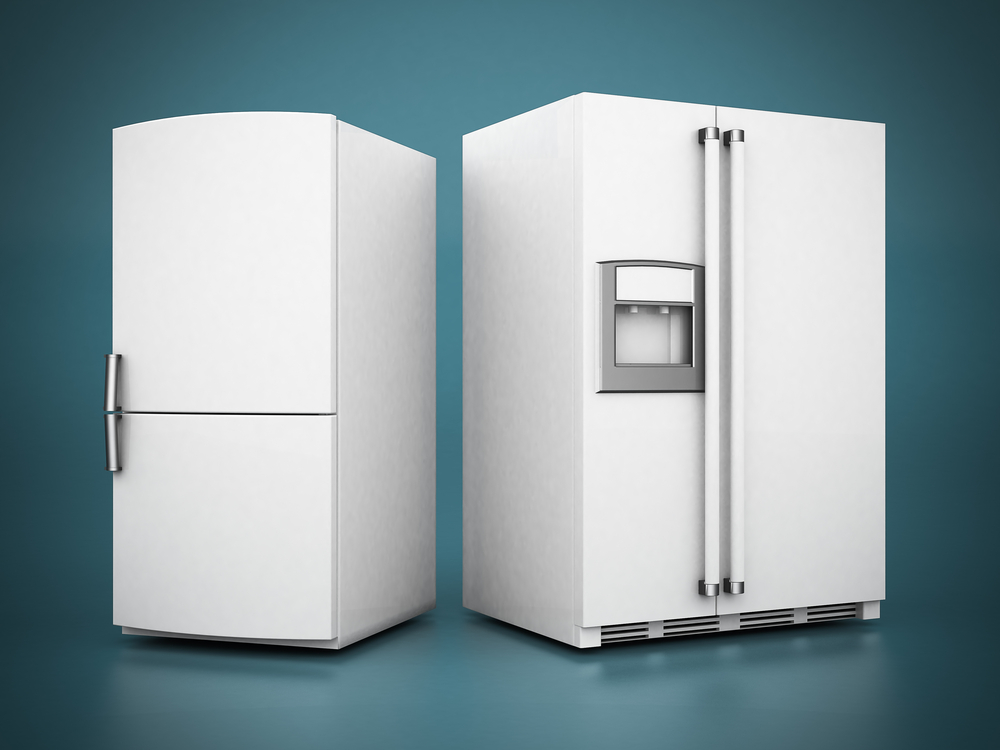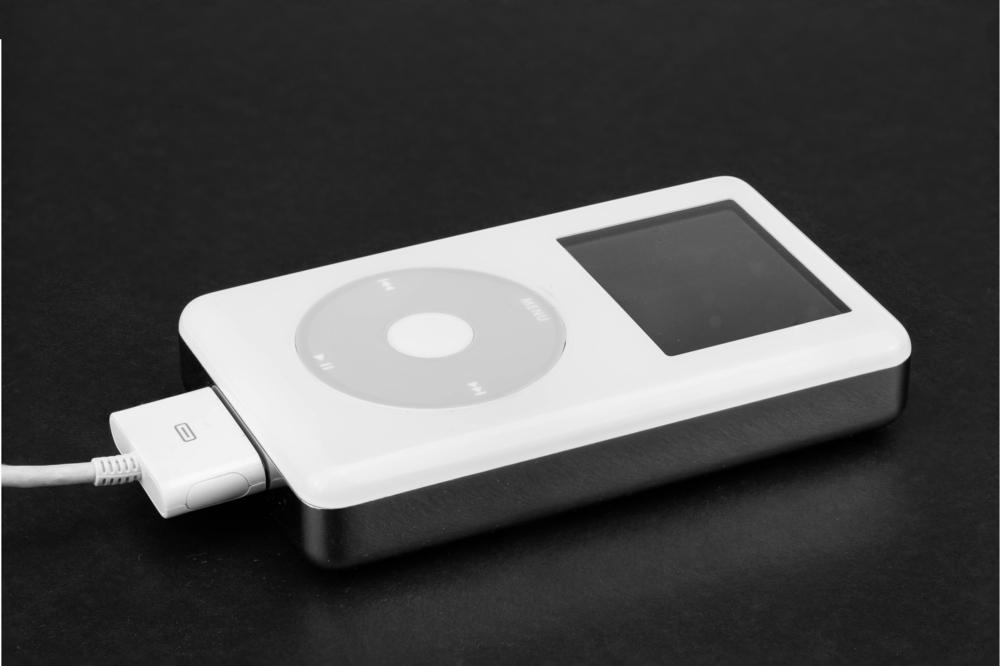Comprehensive Guide to All-in-One Computers: Pros, Cons, and Key Considerations
This comprehensive guide explores the advantages and disadvantages of all-in-one computers, emphasizing their sleek design, ease of setup, and limitations in upgrades. It provides valuable insights for consumers seeking space-saving and user-friendly desktops, highlighting performance considerations and long-term implications to help make informed purchasing decisions.

In-Depth Overview of All-in-One Desktop Computers
Over recent years, the computer industry has experienced significant shifts, with traditional desktop sales declining and the popularity of all-in-one PCs surging. These devices, characterized by their integrated monitors and unified design, have become a preferred choice for many users due to their sleek appearance, space-saving advantages, and user-friendly features. Despite a broader market slowdown, the demand for all-in-one computers remains resilient, mainly because of their ease of setup and minimal clutter. This comprehensive article explores the various advantages and disadvantages of choosing all-in-one computers, providing valuable insights for consumers considering this type of device.
One of the primary reasons for the rising popularity of all-in-one computers is their exceptional design and convenience. Unlike traditional desktops that require separate monitors, towers, keyboards, and wires, all-in-one systems combine these components into a single unit. This design minimizes workspace clutter, making them ideal for small offices, home setups, or environments where aesthetic appeal is a priority. The streamlined form factor not only enhances the visual appeal but also simplifies cable management, reducing the mess of cords often associated with conventional desktop setups.
In addition to their aesthetic benefits, all-in-one computers tend to be easier to install and operate. For many users, especially those who are not tech-savvy, setting up a traditional desktop can be daunting, involving multiple connections and configurations. All-in-one systems typically come ready to use straight out of the box, requiring only minimal setup steps like plugging in power and connecting to Wi-Fi. This plug-and-play nature makes them highly accessible and appealing, especially for family use, educational environments, and small business settings.
However, beyond their attractive design and ease of use, all-in-one computers come with a range of limitations that potential buyers should carefully consider. One of the most significant drawbacks is their limited upgrade options. Unlike traditional desktop PCs, which often allow for easy component upgrades such as adding more RAM, installing larger or faster storage drives, or replacing graphics cards, all-in-one systems tend to have tightly integrated hardware that resists upgrades.
Many components in all-in-one computers are soldered onto the motherboard, particularly BGA (ball grid array) processors. This soldering process makes replacing or upgrading the CPU nearly impossible for the average user. Consequently, if the system's performance begins to decline over time, users might be forced to purchase a new device instead of upgrading individual parts. This factor significantly impacts the long-term cost-effectiveness of all-in-one systems.
The compact design that makes all-in-one computers appealing also presents thermal and cooling challenges. The slim profile restricts airflow and space for larger, more efficient cooling solutions. As a result, these systems can run hotter, potentially leading to thermal throttling where the CPU or GPU reduces performance to prevent overheating. Over extended periods, this can lead to decreased performance, especially for demanding applications such as gaming, video editing, or graphic design.
When comparing pricing, all-in-one PCs often come at a premium. For instance, a typical all-in-one system priced around $580 might feature a dual-core processor with a 1.7GHz base clock speed. In comparison, traditional desktop PCs in the same price range frequently offer more powerful quad-core processors with higher clock speeds, superior graphics capabilities, and greater upgrade flexibility. Higher-end models of all-in-one computers tend to feature components like Intel Core i7 or i9 chips, but even these might lag behind comparable desktops in raw performance when considering upgrade potential and thermal management.
Despite these limitations, all-in-one computers are generally sufficient for everyday tasks such as web browsing, document editing, multimedia consumption, and light photo editing. Their integrated displays usually feature 1080p resolution or higher, providing clear visuals for daily use. However, as technology advances, the embedded displays and built-in speakers may become dated or degrade over time, necessitating replacement or auxiliary audio-visual equipment. Most models restrict hardware upgrades primarily to the storage drive and RAM, with many having these components fully occupied by factory-installed modules, thus complicating future upgrades and increasing costs.
Furthermore, the lifecycle of all-in-one systems tends to be shorter compared to traditional desktops. As software requirements grow and multitasking becomes more demanding, older all-in-one computers can struggle to keep up, especially those built with less robust hardware. The declining performance over time, combined with limited upgradeability, may eventually force users to consider replacement sooner rather than later.
In conclusion, choosing an all-in-one computer is an excellent decision for users prioritizing aesthetics, simplicity, and space efficiency. These systems are ideal for individuals or organizations that want a clutter-free workspace and don't require extensive hardware customization. However, for those who need long-term durability, high performance, and future upgrade options, traditional desktop PCs might be more appropriate. It is crucial for buyers to carefully consider their current needs and future growth when evaluating all-in-one systems, ensuring that they select a device that provides a balance between form, function, and upgradeability.





